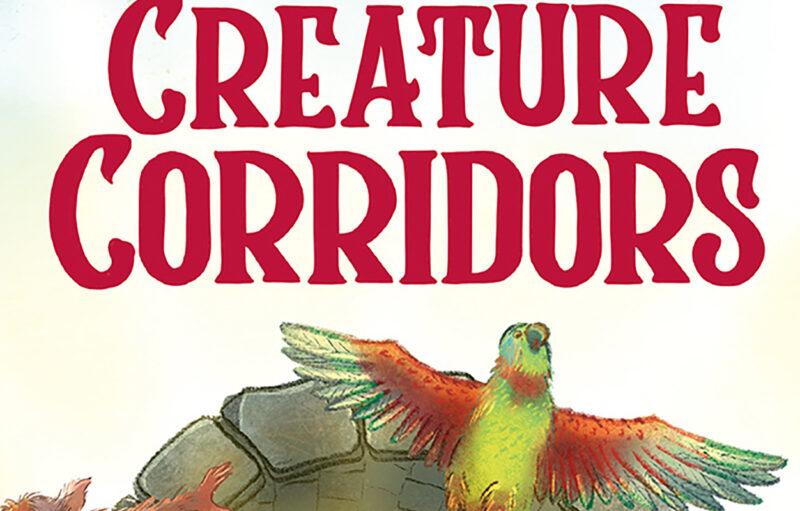PARK WATCH Article March 2025 |
1. When was Errinundra National Park created?
a. 1988
b. 2010
c. 1954
d. 2018
2. Jones Creek in East Gippsland is home to:
a. The southern-most Myrtle Beech trees in Australia
b. Endangered Jones Creek Crayfish
c. Mount Donna Buang Wingless Stoneflies
d. The largest patch of Warm Temperate Rainforest in Victoria
3. Where is Combienbar State Forest?
a. South of Mallacoota
b. East of Snowy River National Park
c. Between Errinundra National Park and Coopracambra National Park
d. In western Victoria
4. The Barn, Sooty, Powerful and Masked are all types of what?
a. Dances
b. Owls
c. Fungi
d. Frogs
5. How many types of threatened grevilleas live in East Gippsland?
a. 0
b. 5
c. 13
d. 62
6. What are the six major rivers that flow through East Gippsland?
7. Which of these bushwalks in East Gippsland is the longest?
a. The Wilderness Coast Walk
b. Errinundra Old Growth Walk
c. Genoa Peak
d. McKenzie River Rainforest Walk
8. How many types of orchids live in East Gippsland?
a. Under 20
b. About 60
c. About 180
d. About 290
9. What’s the smallest national park in East Gippsland?
a. Errinundra National Park
b. Croajingolong National Park
c. Lind National Park
d. Alfred National Park
10. True or false? The only type of rock wallaby in Victoria can be found in East Gippsland?
.
.
.
.
.
.
Answers:
- a) Errinundra National Park was created in 1988 and since then has had its boundaries extended four times, in 1991, 1996, 2010 and 2020.
- d) The largest patch of Warm Temperate Rainforest can be found in Jones Creek, which is near Genoa.
- c) Combienbar State Forest is nestled between Errinundra National Park and Coopracambra National Park.
- b) Barn, Sooty, Powerful and Masked are all types of owls that live in the forests of East Gippsland.
- c) There are 13 grevilleas threatened with extinction in East Gippsland, including the Critically Endangered Buchan River Grevillea (Grevillea pachylostyla), Critically Endangered Colquhoun Grevillea (Grevillea celata) and Endangered Cobberas Grevillea (Grevillea brevifolia).
- The Genoa, Cann, Bemm, Snowy, Nicholson and Mitchell rivers all flow through East Gippsland.
- a) The Wilderness Coast Walk in Croajingolong National Park stretches 100 km (one way) along the coast from Bemm River to the NSW border. Errinundra Old Growth Walk near Errinundra National Park is 5 km return, meandering past ancient Shining Gums. Genoa Peak is 3.5 km return with spectacular views across East Gippsland. McKenzie River Rainforest Walk is 1 km return through lush Warm Temperate Rainforest.
- d) 288 types of orchids live in East Gippsland, including 85 threatened orchids like the Critically Endangered Genoa Spider-orchid (Caladenia ancylosa), Endangered Lizard Orchid (Burnettia cuneata) and Endangered Mountain Helmet-orchid (Corybas grumulus).
- Lind National Park is the smallest national park in East Gippsland at 1370 hectares. Alfred National Park comes in a close second at 3022 hectares. Errinundra National Park is over 43,000 hectares. Croajingolong is the biggest at over 88,000 hectares.
- True. The Brush-tailed Rock-wallaby is one of 16 types of rock-wallaby in Australia, and the only one that lives in Victoria. They are Critically Endangered, with only a few individuals living in the Snowy River National Park.
- Read the latest full edition of Park Watch magazine
- Subscribe to keep up-to-date about this and other nature issues in Victoria
- Become a member to receive Park Watch magazine in print
